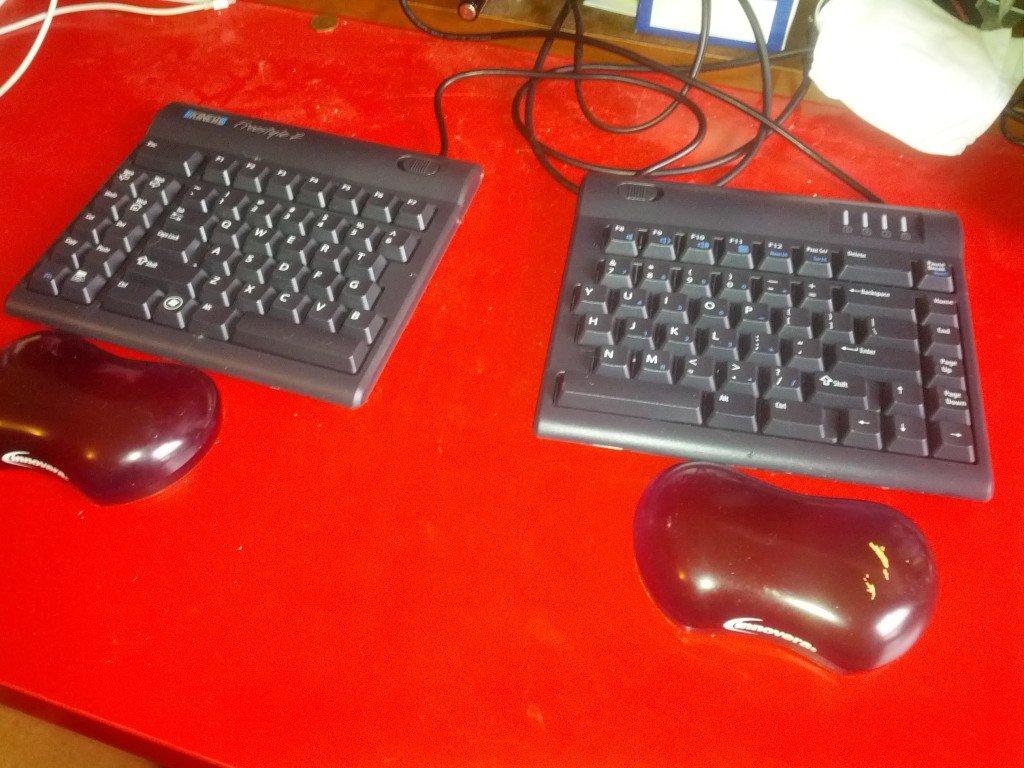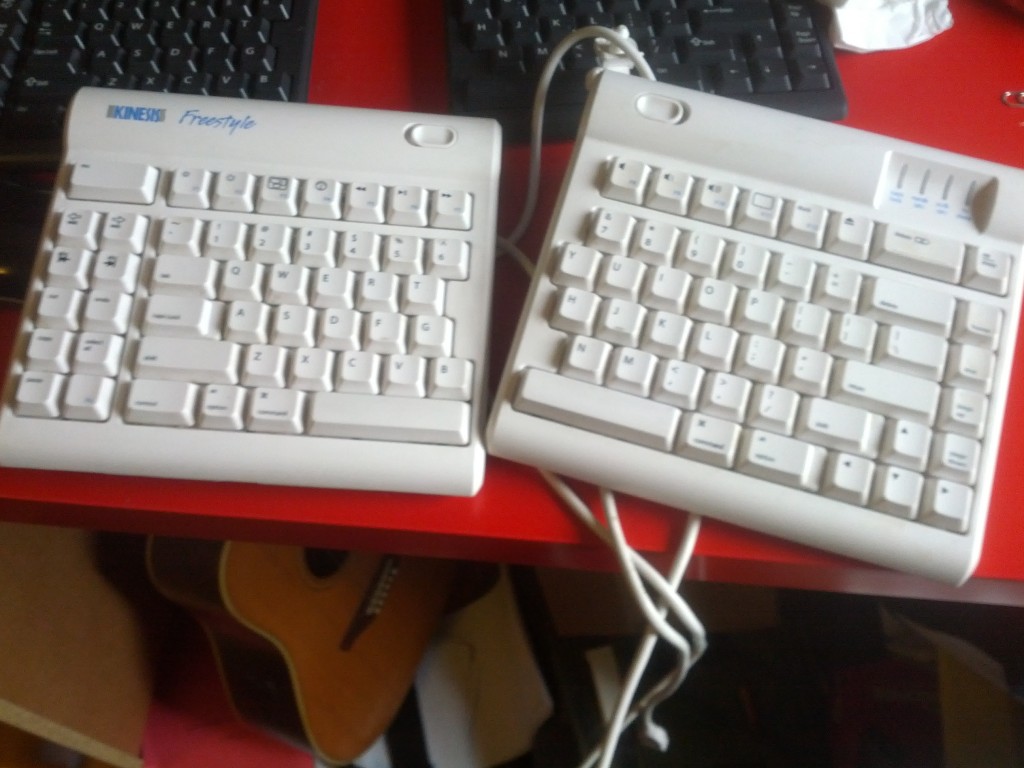In my 2010 year-in-review post I made a passing mention to my decision not to buy any more Apple products. Most people who know me can probably guess the reasons behind the decision, but recently I’ve had some discussions that made me think that it’s worth a blog post to spell them out.
First is my ongoing project to move away from proprietary software in general. All things being equal, it’s better to use software whose source code I can view and modify; even if, in fact, I never do these things, the fact that I could is a kind of safeguard against a number of frequent aspects of closed-source software: data lock-in, data rot, restrictions on hardware compatibility, secret surveillance, etc. As the operating system is in many ways the foundation of all other tasks I do on a computer, so it is of fundamental importance to use an open OS.
Second. I believe in the Web as an open platform for communication and expression, and Apple is increasingly anti-web.
You often hear hoopla about how digital technologies can radically democratize and transform x (fill in your favorite x: scholarship, education, publication, politics, etc). The success or failure of these transformations is tied up with the Web’s openness as a platform: open standards like TCP/IP, enablers of decentralization like distributed DNS, free software like Linux and Apache to run servers. Putting any of these technical details under the control of a single agent, especially a corporate agent that answers only to shareholders, threatens to limit free expression and disenfranchise vulnerable groups of potential users. If a robust, widely-used, open Web is important to the future of equality and democracy, and if such a Web can only be defended by keeping out proprietary interests, then it’s important to fight against interference from those interests.
I take it as fairly obvious that Apple (and not only Apple, though they seem to be the trendsetters) is anti-Web. Consider their distribution models. iTunes makes it so that you have to buy apps, music, and movies through an application, rather than through web pages. Know that annoying “feature” where, when you click on an iPhone app link on the web, you get a page informing you that you’ve clicked on an iTunes link, whereupon iTunes proceeds to open? That’s anti-web. The increasing focus on “apps” is a more troubling anti-web move. As was nicely illustrated by an article I read a while back (can’t find the link), you can spend a whole day doing stuff on an iPad – using Twitter, Facebook, WordPress, Yelp, email, Google Maps, etc – without ever viewing a web page (though they all use web services that use HTTP as a transport). In this way, Apple is doing an end run around the web.
The nature of the end run is particularly troubling. Apple is the arbiter of the software that runs on its devices (completely, in the case of iThings; increasingly, in the case of the AppStorified Mac). This creates unnecessary bottlenecks when it comes to bugfix or security releases. It creates a single point of failure for apps and therefore for devices; if Apple goes under tomorrow (or, more likely, changes their mind completely about whatever they please), how will you continue to update your apps? Worst, it puts Apple in the position of policing for content, which, whether driven by a well-intentioned desire to avoid offensive content or by a malevolent puritanism, is a Bad Thing.
Anyway, all of these points have been made over and over again, by many different people. My own bottom line: I believe in the value of the open web to such an extent that I’ve devoted my career to it. Thus, it feels wrong to keep using, and indirectly encouraging the use of, technologies like Apple’s. That goes especially for iOS and its devices, the area where I think the threat to the web is worst. But it extends to the Mac as well. Even if you maintain that the Mac will never merge into iOS (a position I find disingenuous), there’s no question that spending money on Mac hardware is a way of indirectly feeding the beast. Next time I buy a laptop, I’ll be sad not to be getting a pretty MacBook, but, on balance, I feel more comfortable giving my money to a hardware manufacturer that’s less pernicious.
For what it’s worth, I don’t think that mine is a decision that everyone must, or even should, make. Using Apple products brings pleasure to a lot of people, even people who largely share my ideologies about the free web. It’s perfectly legitimate to decide that the benefits you get from using those products outweigh the downsides. But, for me, it’s past the tipping point, which is why I’m done buying Apple products.

